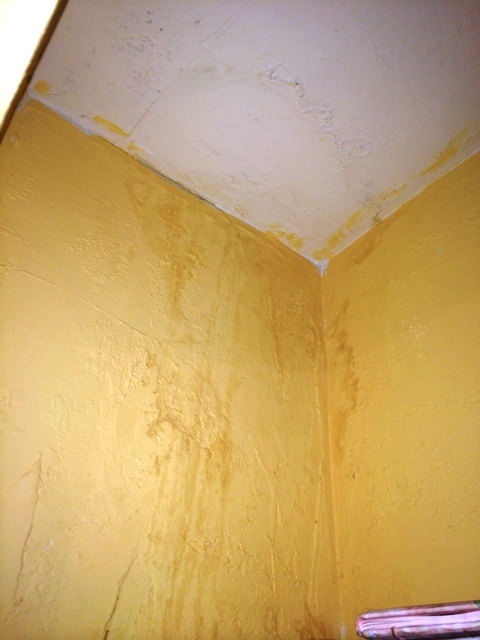Find a Mold Specialist Now
Click or Call, Toll-Free 24/7
Winter Tips to Prevent
Mold in the Home
We are often asked about winter tips to prevent mold. Mold can grow in homes at any time of year, of course, but it can seem worse in winter. People spend more time indoors in winter, and with doors and windows kept closed due to the cold, poor ventilation sometimes causes people to suffer more from symptoms of indoor allergies, including mold allergies. If you live in an area that gets a lot of snow, all that moisture helps mold grow, too.
Tips for Preventing Mold in Winter
Some simple things you can do to prevent mold in winter include:
- If you notice a musty odor when you first turn on the heat in the winter, you might have mold in your heating ducts. If you smell that musty odor, we recommend having a certified mold tester come out to check your home for mold as soon as possible, since mold in heating ducts can quickly spread to other areas of the home, especially when the heat is turned on. The warm air blowing through the heating ducts blows mold spores into all the rooms in your home.
- Insulate your pipes to prevent them from freezing and bursting when temperatures drop below freezing.
- Use area rugs in entry ways and remove snow-covered shoes and boots as soon as you come inside to keep carpet throughout the house dry. Area rugs are preferable to carpet in entry ways because they can be hung up to dry and can also be machine washed if they start to get moldy. You can use area rugs on top of carpet, though, to help keep carpet dry. If carpet does get wet, use a fan to help it dry quickly.
- Make sure your roof is in good shape before winter weather arrives. Leaks in the roof often become apparent after a heavy snow, when it warms up a little and the snow begins to melt. Unfortunately, it’s not always possible to fix a leaky roof at that time because you can’t get up on a roof and repair it while there is still snow or ice up there. Try to make sure your roof is in good repair before bad weather arrives but if you discover a problem in the midst of winter, try nailing a waterproof tarp over it until you are able to make the necessary repairs.
- If you have a crawl space under your house, cover the ground in the crawl space with a waterproof tarp. This helps keep out excessive moisture.
- Make sure windows close securely and do not leak. Watch for condensation around windows, which can lead to the development of mold.
- Cold air outside and warm air inside often lead to condensation on walls, especially in attics and basements. Good insulation helps prevent this, but you can also install a dehumidifier to help reduce the amount of moisture in the air.
For Additional Information or Assistance
We hope these winter tips to prevent mold will keep your home mold-free in winter and throughout the year. If you do discover mold in your home, though, we recommend scheduling a free consultation with a mold remediation professional. An experienced professional will visit your home, inspect for mold and provide a written estimate for the cost of any work that needs to be done. He or she can also advise you about ways to prevent mold. There is no cost for the consultation and there is no obligation, either, so you have nothing to lose. Follow this link to find qualified mold remediation professionals near you.
And if you just want more information about winter mold prevention, we recommend the ebook A Homeowner’s Complete Guide to Mold Remediation by mold remediation expert Brian Turner. The book walks you through how to inspect your home for mold and how to clean up any mold you find, but it also contains numerous practical tips for preventing mold. You can click on the link to learn more or to order your copy.
Return From Winter Tips To Prevent Mold To Our Main Mold Prevention Page
Black Mold Health Symptoms Home Page





